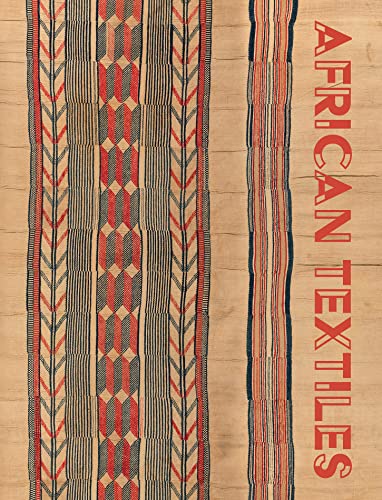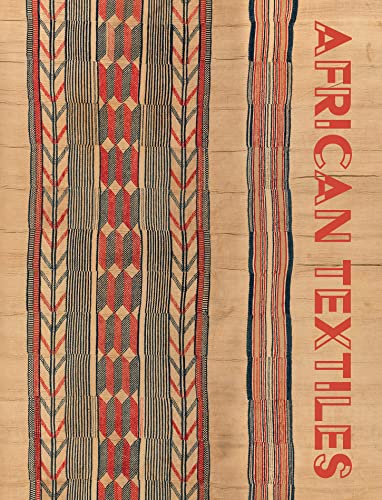African Textiles are a diverse and vibrant form of artistic expression that showcase the rich cultural heritage of Africa. They are renowned for their intricate patterns, bold colors, and unique designs. These textiles hold immense significance in African societies, as they often represent traditional stories, customs, and beliefs. They are used for various purposes, including clothing, home decor, and ceremonial attire. African Textiles are crafted using different techniques such as weaving, dyeing, and printing, with each region having its distinct style and symbolism. They are made from a variety of materials, including cotton, silk, and raffia. Today, these textiles have gained global recognition and are celebrated for their beauty and craftsmanship. They serve as a means of connecting people to their cultural roots and preserving African traditions. Whether worn as clothing or displayed as art, African Textiles are a testament to the creativity and skill of African artisans.
African Textiles: A Rich Tapestry of Culture and Tradition
Africa, with its diverse cultures and vibrant heritage, is known for its exquisite textiles that reflect the continent’s history and traditions. From the intricate patterns to the vibrant colors, African textiles are a true work of art that has captivated people worldwide.
The Significance of African Textiles
African textiles hold great cultural and historical significance. They are not just fabrics; they tell stories, preserve traditions, and serve as a form of communication within communities. Each textile design has a unique meaning, often representing key aspects of African life, such as marriage, birth, or an individual’s social status.
One prominent example of African textiles is the renowned Kente cloth from Ghana. Kente is a handwoven fabric made of silk and cotton, featuring intricate patterns that are deeply rooted in Ghanaian traditions. The colors and designs of Kente have symbolic meanings, reflecting the wearer’s social identity or the occasion it is worn for.
The production of African textiles involves various traditional techniques, such as hand-dyeing, hand-weaving, and embroidery. These methods have been passed down through generations, with skilled artisans using natural materials and dyes sourced from their local environment.
Another notable African textile is the indigo-dyed fabric, commonly found in West Africa. This fabric is created using a resist-dyeing technique, where patterns are formed by applying wax or tying fabric in specific areas before dyeing it. The result is a stunning contrast between the deep blue indigo color and the white or light blue patterns.
African textiles have gained global recognition, not only for their aesthetic appeal but also for their cultural significance. They have become a source of inspiration for contemporary fashion designers, who incorporate African textile elements into their creations, showcasing the beauty and richness of African cultures.
African Textiles: A Vibrant Tradition
From the Publisher: Abbeville Press presents “African Textiles: The Karun Thakar Collection”, a continental survey written by leading experts and illustrated with over 200 superb textiles. The hardcover edition has 448 pages and was published on November 8, 2022. The book is written in English and has an ISBN-10 of 0789214504 and an ISBN-13 of 978-0789214508. It weighs 7.55 pounds and has dimensions of 10.5 x 1.63 x 13.63 inches.



